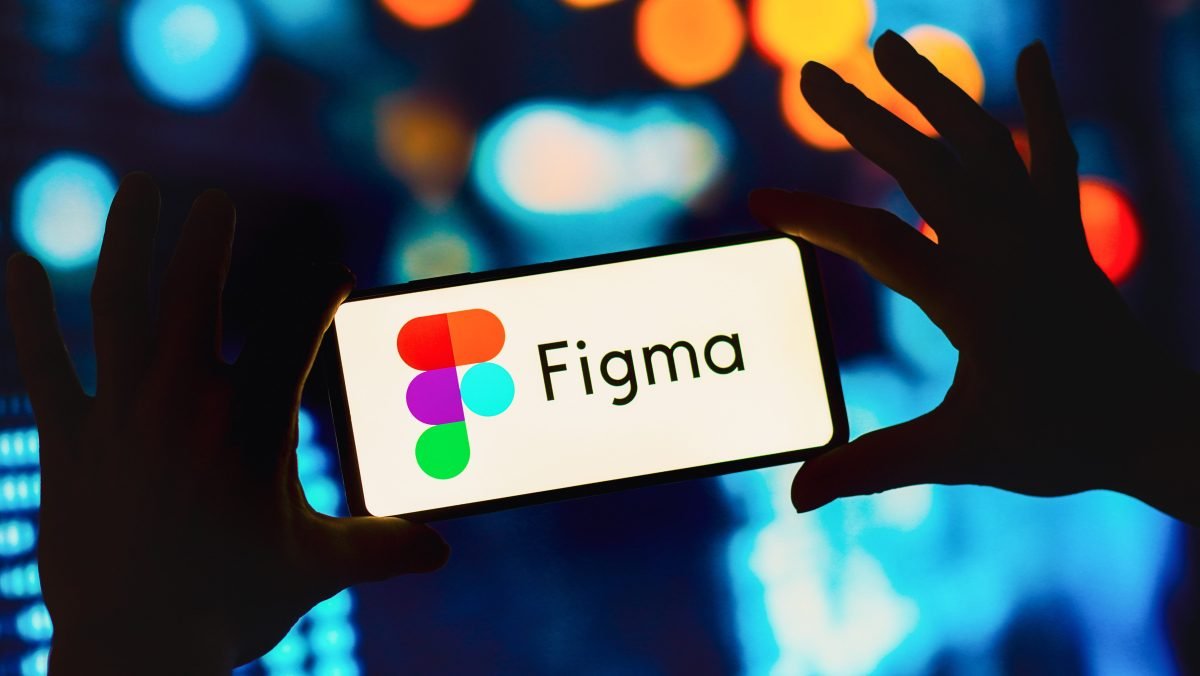Figma Expands Footprint in India: A New Office and Local Talent Acquisition
Figma is deepening its presence in India by opening a new office and recruiting local talent, aiming to strengthen connections with its substantial user community and better engage developers alongside existing designers on its platform.
Revolutionizing Design: Figma’s Journey and Vision
Founded in 2012 by Dylan Field and Evan Wallace, Figma initially garnered attention by offering a browser-based interface when desktop software dominated the design landscape. This innovation was met with skepticism, yet it evolved into a favored collaboration tool among UX and product teams. Now, Figma is targeting developers as well, with India playing a crucial role in this strategy.
India: A Vital Market for Developer Engagement
With one of the largest developer communities globally, India is a prime focus for tech giants like Microsoft, which has nearly 22 million Indian developers on GitHub. Developers comprise about 33% of Figma’s global user base, prompting the company to introduce features that bridge design and engineering workflows. Despite these efforts, some Indian developers view Figma mainly as a design tool rather than a comprehensive product creation platform.
Figma’s Commitment to Indian Developers
“India has such a large population of developers who might not currently think of Figma as their tool, and that’s the thing that we want to do,” stated Abhishek Mathur, VP of Engineering at Figma. “Much of this is driven by the community, but we aim to actively participate and share our message of empowering developers beyond mere coding.”
New Beginnings: Bengaluru Office Launch
On Wednesday, Figma inaugurated a new office in Bengaluru, as part of its international expansion strategy. With existing offices across Tokyo, Singapore, London, Paris, Berlin, Sydney, and São Paulo, this move signifies Figma’s commitment to enhancing its local presence.
Acknowledging India’s Growth Potential
Previously operating within India remotely via its Singapore team, Figma recognizes the imperative of a local office as community engagement in the region continues to grow. “India has always been a global hub of innovation, and international markets significantly contribute to Figma’s usage,” Mathur emphasized.
Exploring Figma’s User Base and Growth
International usage accounts for about 85% of Figma’s total, with India ranking as its second-largest market after the U.S. As of Q3 2025, Figma reported serving users across 85% of India’s 28 states, with over 40% of the top 100 companies listed on the Bombay Stock Exchange being Figma customers.
Empowering Communities: Figma’s Global User Base
Figma boasts 13 million active users weekly worldwide, with India representing a substantial segment of this base. The country’s community, known as Friends of Figma, encompasses over 25,000 members.
AI-Powered Innovations for Greater Impact
In May, Figma unveiled an array of AI-driven features aimed at extending its appeal beyond design teams. This positions Figma to compete not only with Adobe and Canva but also with AI coding platforms like Replit and Lovable. One notable feature, Figma Make, enables users to produce functional web applications from natural language prompts, facilitating collaboration on design and code in a single workspace.
Noteworthy Adoption: Figma Make in India
India has become the largest adopter of Figma Make, with users generating over 800,000 prototypes to date. The platform is witnessing a growing affinity among Indian developers, particularly for its dev mode, launched in 2023, which assists in swiftly translating designs into code.
The Indian Ecosystem: A Unique Market
“The transition from imagination to production showcases distinct differences between India and the rest of the globe,” Mathur remarked. While usage patterns are similar, the operational scale presents unique challenges.
Strengthening Local Operations: Sales and Marketing Focus
Figma’s Bengaluru office will initially prioritize enhancing the company’s sales and marketing efforts in India. Major users span consumer startups like CRED and Swiggy, IT giants such as Infosys, and established brands like Airtel and Myntra.
Balancing Global Growth with Local Insights
In 2024, Figma reported that roughly half of its revenue stemmed from international markets, with Mathur designating India as a “crucial market,” though specific revenue contributions remain undisclosed.
Community-Driven Development: Product Evolution
India’s user feedback is actively shaping Figma’s product development. For instance, enhanced code-export options were implemented based on requests from Indian users wanting improved output quality.
Ongoing Engagement: Building Stronger Relationships
“We intend to continue hosting events and collaborating with our customers of all sizes, exploring additional opportunities as time progresses,” Mathur concluded.
Here are five FAQs regarding Figma’s expansion in India beyond design:
1. What is Figma’s strategic goal for expanding into India?
Figma aims to tap into India’s growing tech ecosystem and diverse talent pool to enhance collaboration and innovation. By branching beyond design, they hope to leverage local insights, foster community engagement, and create customized solutions for different industries.
2. How will Figma’s services in India differ from its traditional offerings?
While Figma originally focused on design tools, the expansion will include features that cater to broader needs such as collaboration, prototyping, and integrated project management. This aligns with the demands of software development and product teams, enhancing overall workflows.
3. Will Figma provide localized support for Indian users?
Yes, Figma is committed to offering localized support, including customer service in local languages and resources tailored to the Indian market. This will help users navigate features effectively and enhance their experience.
4. Are there any specific industries in India that Figma is targeting?
Figma is looking to serve a variety of sectors, including tech startups, e-commerce, education, and healthcare. By catering to these industries, Figma aims to help teams streamline their processes, improve collaboration, and drive innovation.
5. How can Indian businesses and freelancers benefit from Figma’s expansion?
Indian businesses and freelancers will gain access to advanced collaboration tools and features that support remote work and team projects. This expansion provides an opportunity for enhanced productivity, streamlined workflows, and access to a global design community, empowering local users to compete internationally.

